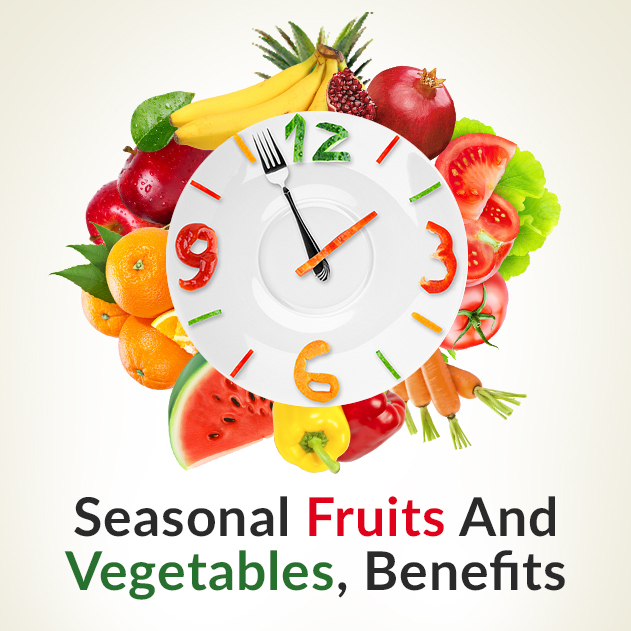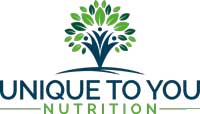
The Lifelong Benefits Of Eating Fresh Fruits And Vegetables
There are many reasons why eating fresh fruits and vegetables are important for your health. From a young age, most people learn that fruits and vegetables are an important part of maintaining nutritional health. On the U.S.D.A. Food Pyramid, fruits and vegetables are considered a priority to maintain a balanced diet for healthy living.
But while all fruits and vegetables are generally good for the body, there’s a big difference between fresh fruit and vegetables and their counterparts of canned or pre-prepared vegetables. Aside from the delight, it can bring to have the enjoyment of eating ripe fresh fruits and vegetables, there is an enormous amount of health benefits in fresh fruits and vegetables that make them the superior choice for nutrition.
Research has shown that fresh fruits and vegetables have a higher quantity of nutrients than canned and pre-prepared ones do. In fact, some nutritional values are as much as 50-100 percent higher in their nutrients with fresh fruits and vegetables. That means that eating fruits and vegetables at their peak freshly picked can make a significant difference in ensuring the body gets all the important daily nutritional values from eating them.
Fresh Fruits and Vegetables and Disease
Research has shown that having at least five servings of fresh fruits and five servings of fresh vegetables a day can significantly alter the body in a healthy way. Diseases such as cancer, heart disease, high blood pressure and cardiovascular diseases are all affected by how many fresh fruits and vegetables are consumed by a person each day. In addition, fresh fruits and vegetables help the body maintain a healthier weight, aid in digestion, maintain a healthy immune system and aids in increasing metabolism.
In fact, in a recent study by the Imperial College of London compiled and analyzed data from 95 different health and disease studies that concerned fruit and vegetable intake daily. The researchers found after looking at the study groups that the greatest benefit came from those people who were eating 800g (10 servings) a day of fresh fruits and vegetables. This information concludes that having a total of ten portions a day total of fresh fruits and vegetables could cut cancer, cardiovascular and heart disease in half. The research suggested that millions of lives could be spared each year by people increasing the number of fresh fruits and vegetables eaten per day.
Peak Season Availability of Fresh Local Produce
With all this great news on fresh fruits and vegetables saving lives and so many great ways to serve them, there is little wonder why stopping at the local farmer’s market might just be the healthiest thing a person does all day. While many of the fresh fruit and vegetable varieties are at peak in the summer months, there is also an abundance of different varieties of produce in the fall, winter and spring to choose from. The nutritional value of local fresh fruits and vegetables are at their highest levels when they are freshly harvested. The best fresh produce for each season to look for are as follows:
Spring fruit features the best time for strawberries, cherries, apricots, rhubarb, and Kiwi. For spring vegetables look for: early corn, asparagus, fresh lettuce, spinach, parsley, dandelion greens, tomatoes, fiddleheads, peas, beets, and basil for peak vegetables. Great spring citrus fruits which are generally grown in the semi tropical regions include lemons and grapefruits.
The summer months are known to be the very best for almost all varieties of produce. Great summer fruits include watermelon, blueberries, cantaloupe, honeydew melon, figs, raspberries, blackberries, peaches, plums, pears, nectarines, and grapes. Peak summer vegetables include the sweeter corn varieties, green beans, zucchini, summer squash, cucumbers, eggplant, peppers, tomatoes, most varieties of beans, sugar snap peas, broccoli, carrots and most varieties of lettuce. Peak citrus fruits during this time are grapefruit and limes.
The fall harvest is the primary season for almost all types of apples. It is also a great time for other fruit like pumpkin, figs, Pomegranates, cranberries, and pears. In the fall, the vegetable harvest gets hearty with it being the peak for late corn, butternut squash, winter squashes, potatoes, cabbage, cauliflower, parsnips, carrots, celery, and zucchini. It is also a time when limes are still being harvested in the tropical regions.
While many parts of the country are not good for growing in the winter, there is harvest still going on in the warmer climates of the country. Winter months are great for citrus in the tropical regions. This is when oranges, tangerines, mandarins, and clementines are at their peak. Other fruits that are mostly harvested at their peak in the warmer climates include strawberries, kiwi, dates, bananas. The peak vegetables of winter include yams, sweet potatoes, turnip, leeks, Belgian endive and Brussel sprouts.
While not all these items are grown in all regions of the country, most of these are readily available in all parts of the country. Local produce of any variety assures consumers they are getting them at the peak of their freshness, abundance, taste and nutritional value. It is also when they are the least expensive. Peak local produce seasons are also the best time to buy produce to can, jar and freeze them for off season enjoyment.

Leave a Reply